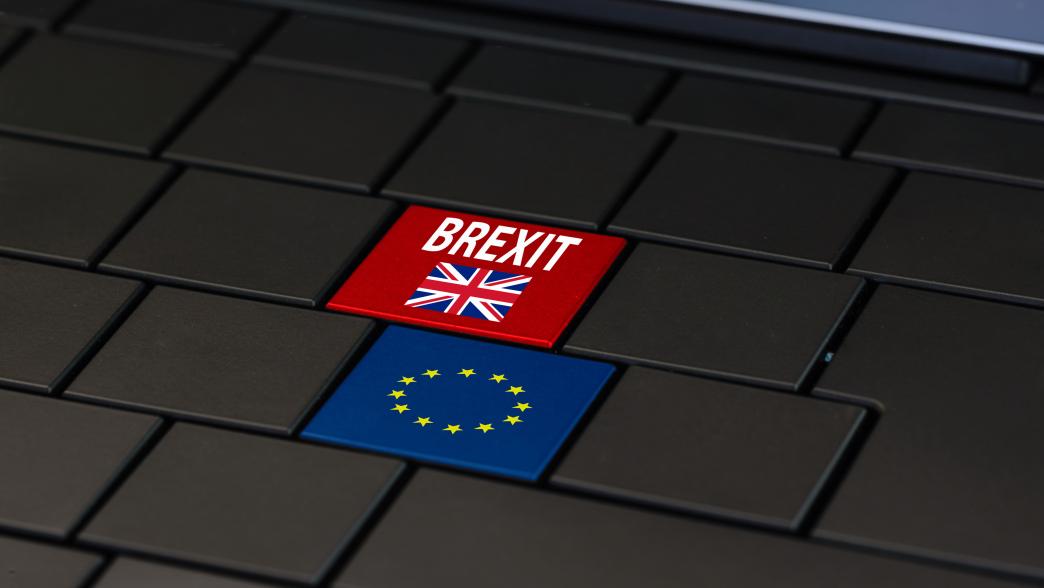
The Government’s recent digital strategy says little about Brexit. Joe Owen says that technology should be front and centre of post-Brexit systems and services, but at the moment risks being seen as a distraction.
Brexit: missing from the picture
In the space of just over a week, the Government has published two important and highly anticipated (although perhaps on a slightly different scale) strategy documents.
The first is the Brexit White Paper, setting out the UK’s objectives for its negotiations with the EU. It confirms the UK will seek an ambitious new relationship with Europe, with more power to make policy decisions in key areas such as immigration, regulation and customs.
The second is the long-awaited digital strategy. It describes the benefits of transforming government and some substantial analysis, but falls short on specific commitments. It is also very light on context – more specifically, the context of Brexit.
It’s clear that the impact of Brexit on the civil service will be significant; Sir Jeremy Heywood, Cabinet Secretary, describes it as ‘unparalleled in complexity’. Yet in the 93-page Government Transformation Strategy, Brexit is significant only in its absence, receiving only a handful of fleeting mentions.
This may reflect the feeling of some in government that, when it comes to digital, Brexit risks becoming a distraction and government must not allow it to sap momentum from existing modernisation and transformation projects.
But for many, anything that does not contribute to the delivery of Brexit will be seen as the distraction. If there are concerns that digital no longer enjoys the same level of support at the very top of government, Brexit should be seen as an opportunity to change that.
Brexit and the digital agenda
The digital strategy does mention a few programmes that could be important for successfully implementing Brexit, such as the ‘Come to live or work in the UK’ service. But there is no explicit statement to show how complementary the digital and Brexit agendas are.
Digital is an important part of how government can prepare its systems and services for life outside the EU, and should be positioned that way. For example, it’s clear that the border, for both people and goods, will be near the front of the line for overhaul as a result of Brexit; physical border crossings, when you arrive at an airport or port, are one piece of this puzzle.
Around 15 million non-EEA border crossings and 35 million EEA border crossings happen each year. If you apply the same – and more time-consuming – non-EEA border checks to all, you are faced with two options. The first is queues, probably very long ones; the second is more border agents, meaning more desks and more space.
Technology can offer another way, which doesn’t involve hours of queuing or a series of costly extensions to airport terminals. We already have microchips in our passports and the EU is currently trialling a number of initiatives that include biometric data (from fingerprints to iris recognition software). Automatic number plate recognition is in use on many borders and some countries even use drones and radars to monitor large stretches of land or sea borders.
The same goes for customs. The Swedish/Norwegian border relies heavily on technology despite, as an EEA-EU border, its controls being lighter than what the UK might expect post-Brexit. Microchips have also changed the way goods can be tracked and managed.
The purpose of these examples is not to advocate a dystopian border run by Big Brother, but to demonstrate the options that technology can offer government when it looks to design post-Brexit systems and services.
These opportunities – and others – will be missed if the Government tries to keep its digital strategy separate from the work of implementing Brexit.
Digital will face the same old problems
This does not mean technology offers the easy way out. You only need to look at a handful of National Audit Office reports into struggling government IT projects to see some common causes of failure: changing requirements and ambitious timescales. Without transitional arrangements, we will have two years to implement changes we haven’t yet agreed, potentially exacerbating these problems. For any digital service touching on the border (and indeed many others), a data sharing agreement will be key – something TechUK have made clear and the Rt Hon Hilary Benn reiterated recently at the IfG.
Our digital government report also highlights the challenges that arise when digital specialists, and those implementing projects, are isolated from the policymaking process. The Government is, understandably, not sharing exact details of its plan and priorities for Brexit, and it’s unlikely that there will be comprehensive updates throughout the negotiations. This risks distancing those who understand the opportunities digital technology can offer from the policymaking process.
Making a success of digital
It is surprising that the Government’s digital strategy does not seek to engage meaningfully with the Brexit process. Not only can it offer genuine value to the big implementation challenges facing government over the next few years, but it would perhaps put it higher up the agenda of the Prime Minister and Chancellor – who have so far lent no public support to the digital cause.
Government can’t continue to deliver its huge volume of commitments and reform programmes on top of Brexit. Inevitably there will be a reprioritisation, and ultimately there will be judgement of whether initiatives support the delivery of Brexit or distract from it. There is a strong case to make for putting the digital agenda at the heart of plans for implementing Brexit, but this strategy fails to do it.